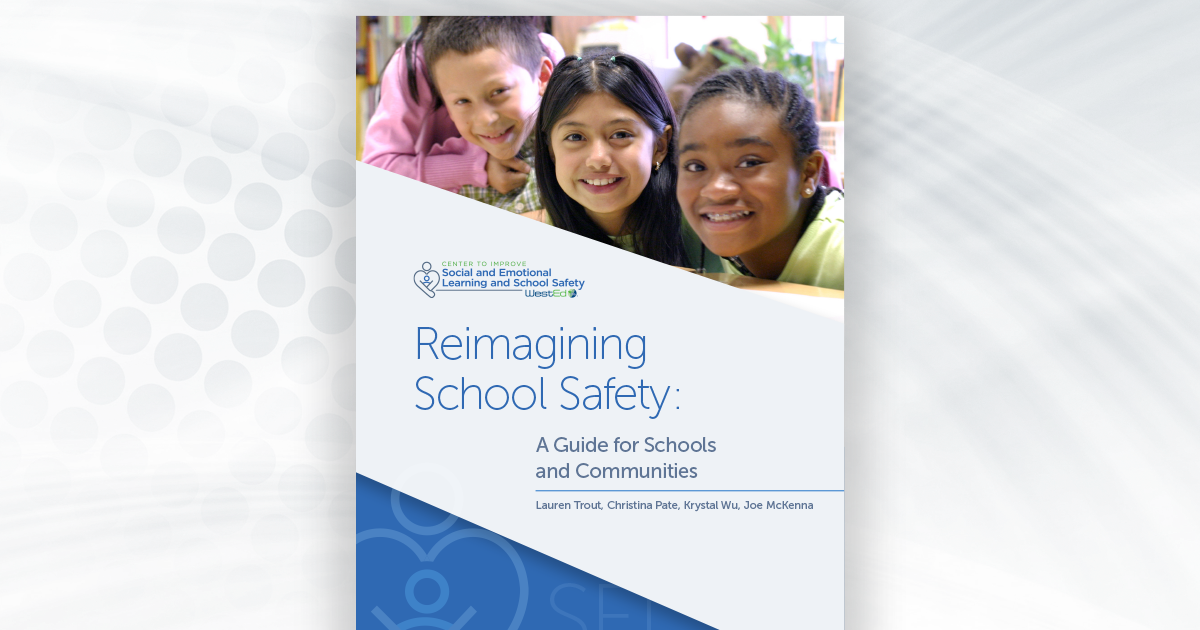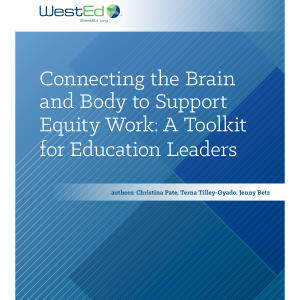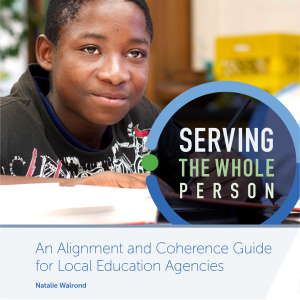New Guide Provides Recommendations to Help Schools, Communities, and Districts Support School Safety
Posted on

With school safety a major concern for parents, district and school leaders, educators, and students, WestEd has released a new interactive guide to help schools and communities establish safe environments and prevent violence.
The guide, produced by WestEd’s Center to Improve Social and Emotional Learning and School Safety, provides educators, school leaders, and district administrators with tools to engage in mindset shifts, as well as strategies for and grounded examples of what is possible by reimagining school safety.
Reimagining School Safety: A Guide for Schools and Communities includes exercises and recommendations aimed at helping education professionals take a more comprehensive and thoughtful approach to school safety with a focus on reimagining and redefining school safety as environments in which all students feel included, supported, connected, valued, and cared for, rather than simply an absence of violence.
“Educators and education leaders can use the guide to create systems of mutual care and shift the standard about what safety is and how to achieve it,” said Christina Pate, Ph.D., WestEd Senior Program Associate and co-author of the guide. “Getting a clear view of what traditional standards of school safety are, is important for reimagining what school safety can be.”
A significant body of research shows that efforts to achieve school safety using metal detectors, zero-tolerance policies, law enforcement officers, and other “hardening” measures are often unsuccessful and harmful—particularly for BIPOC (Black, Indigenous, and people of color) students, students with disabilities, and students who identify as LGBTQ+.
The interactive guide pulls from different frameworks and concepts, including complex adaptive systems, restorative justice and long lineages of equity work, co-designing, and design thinking to help educators, school leaders, and district administrators design more equitable and sustainable systems. It provides guidance on applying a community-driven systems approach to the complex challenge of establishing school safety. Importantly, the guidance includes inviting the local community to play a central role in developing and testing potential solutions until a viable approach is found.
“Reimagining how safety is defined can allow education professionals to see the larger system for what it is, pay close attention to patterns and trends, notice what is working, and identify leverage points for change,” Pate said.


